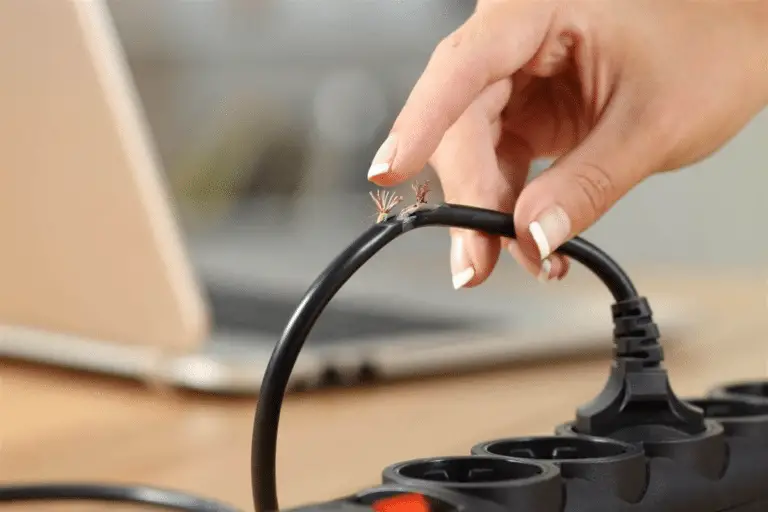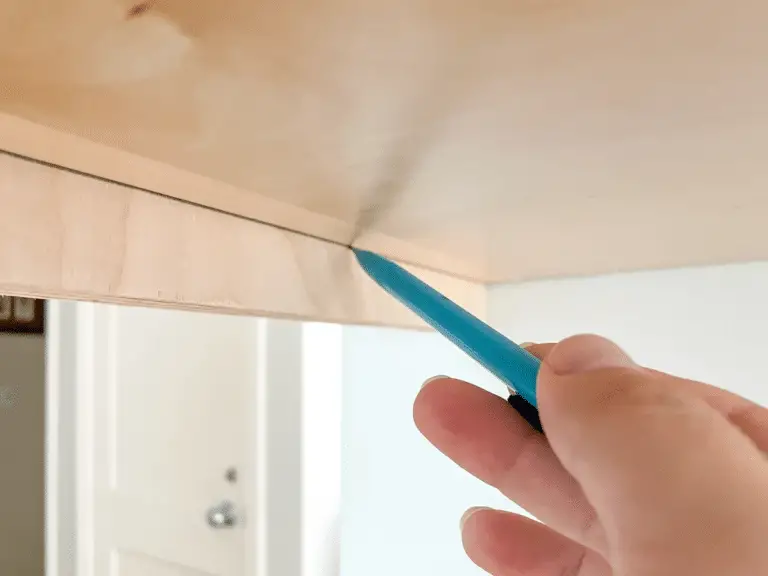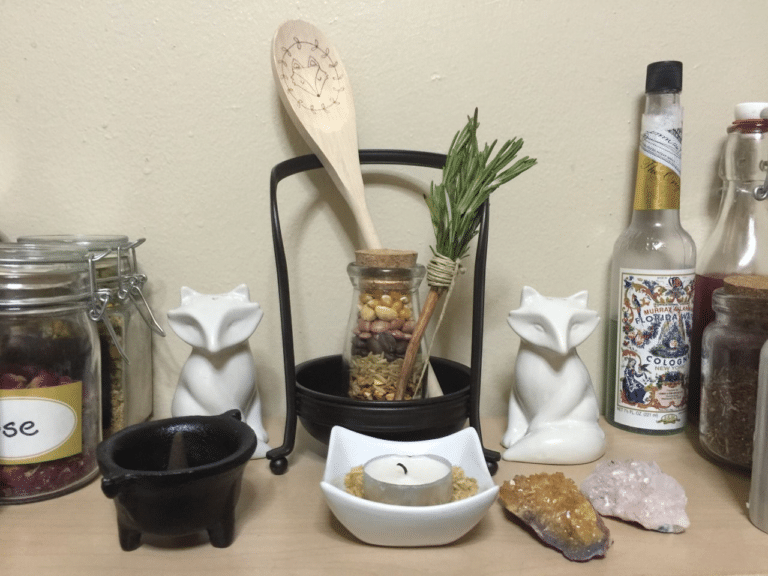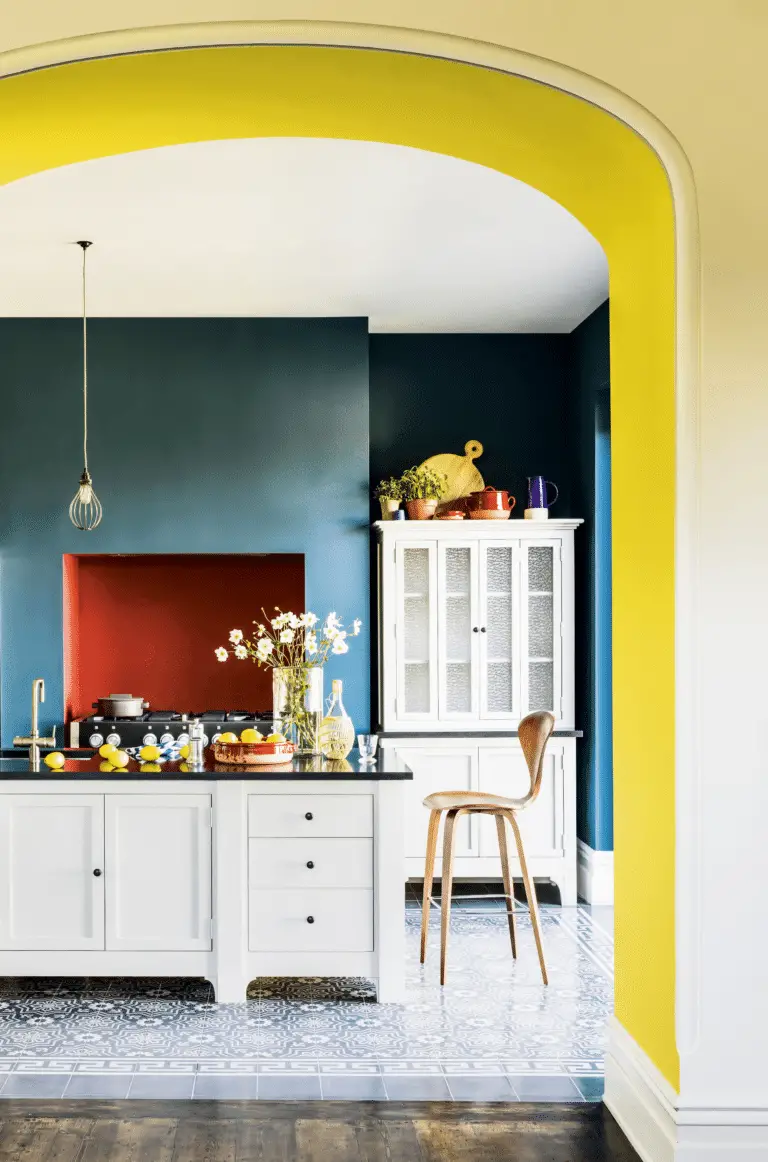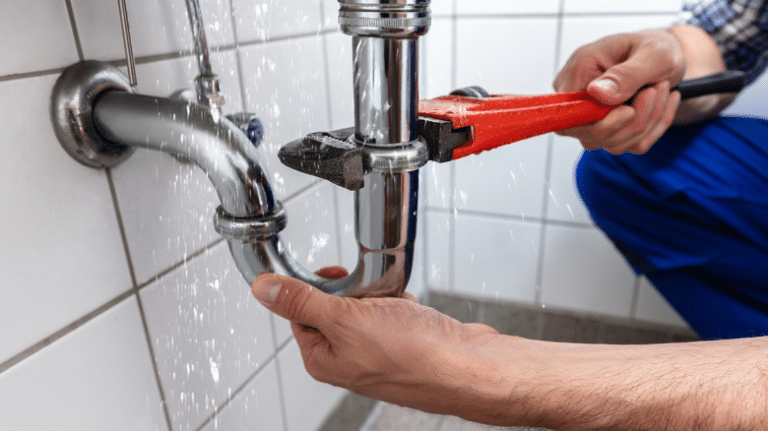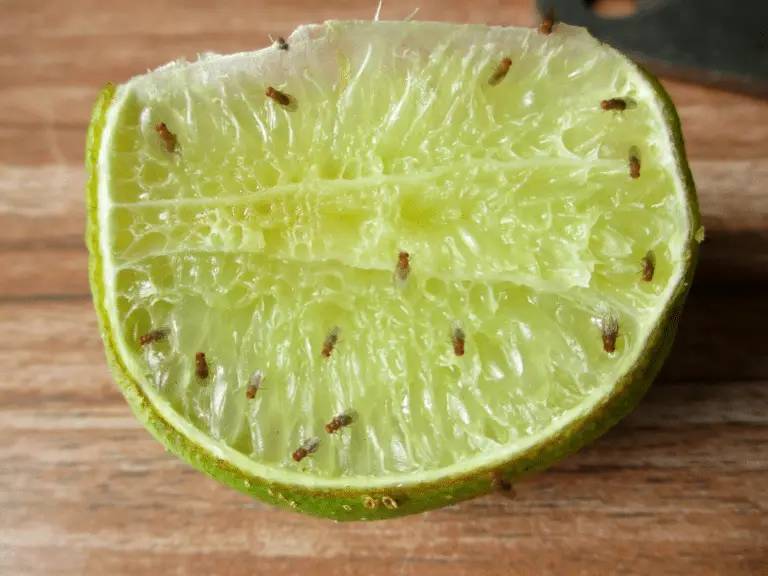Hey there, have you ever thought about the potential water damage lurking in your kitchen cabinets? In this post, we’ll delve into the importance of spotting water damage early on and the common signs to look out for. From discoloration to unusual odors, we’ll help you identify those sneaky symptoms that may lead to mold and pest infestations.
Stay tuned to learn about hidden water damage, preventive measures, and the impact of ignoring these issues. Let’s keep those cabinets dry and sturdy!

When it comes to keeping your kitchen in top condition, one of the key aspects to consider is identifying water damage in kitchen cabinets. Understanding the importance of this task can save you from potential headaches down the line.
Common Origins of Water Damage
Before delving into how to identify water damage in kitchen cabinets, it’s essential to grasp the common origins of this issue. Leakages from faucets, pipes, dishwashers, and refrigerators are frequent culprits. These sources of water can easily seep into your cabinets and cause damage if left unchecked.

Additionally, environmental factors such as high humidity levels or flooding can also contribute to water damage in your kitchen. By being aware of these common origins, you can take proactive measures to prevent potential damage.
Key Takeaways:
- Understanding the common origins of water damage in kitchens is crucial for prevention.
- Leakages from various sources can lead to damage in kitchen cabinets.
- Environmental factors like humidity and flooding also play a role in water damage.
With this knowledge in mind, you can better equip yourself to tackle any water damage issues that may arise in your kitchen cabinets.
Common Signs of Water Damage in Kitchen Cabinets
Water damage in kitchen cabinets can be a homeowner’s nightmare, causing not only structural issues but also potential health risks if left untreated. It is crucial to be able to identify the signs of water damage early to prevent further damage and costly repairs. In this section, we will discuss the common signs to look out for when inspecting your kitchen cabinets for water damage.
Observable Physical Signs

One of the most obvious signs of water damage in kitchen cabinets is discoloration. Keep an eye out for any dark spots or stains on the cabinet surfaces, as these may indicate water seeping through. Warping of cabinet doors or drawers is another physical sign of water damage, as excessive moisture can cause wood to swell or warp.
Key Symptoms: Discoloration, Odor, Warping
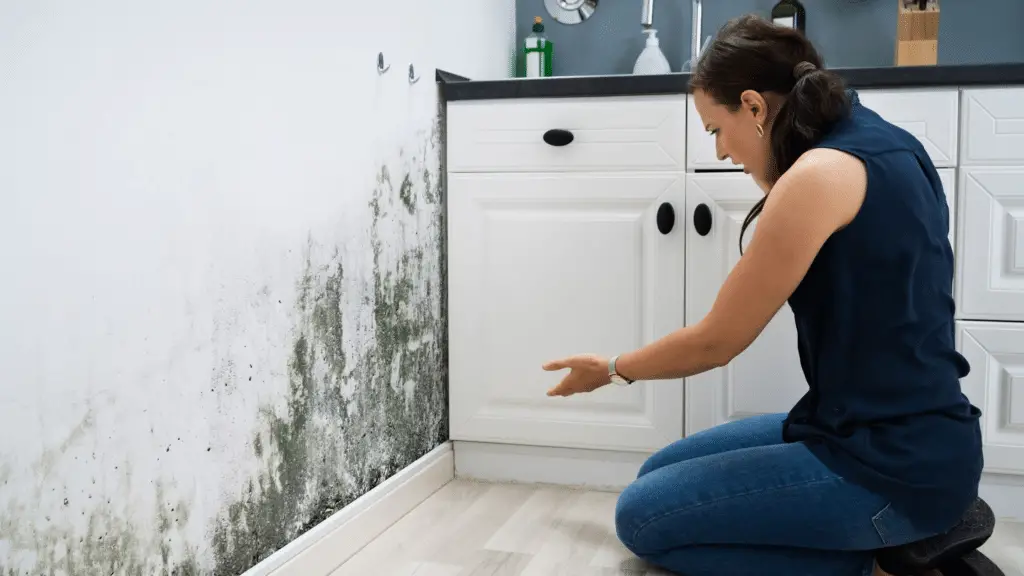
In addition to visible signs, water damage in kitchen cabinets may also present itself through other key symptoms. A musty or moldy odor emanating from the cabinets can be a clear indicator of water damage. Mold and mildew thrive in moist environments, so any foul smell should not be ignored. As mentioned earlier, warping of cabinet doors or drawers is a common symptom of water damage, indicating prolonged exposure to moisture.
Potential for Mold and Pests
Not only does water damage compromise the integrity of your kitchen cabinets, but it can also attract mold and pests. Mold can quickly spread in damp environments, causing health issues such as respiratory problems and allergies. Additionally, pests like termites are attracted to moisture-damaged wood, further exacerbating the situation. By identifying and addressing water damage early, you can prevent these secondary issues from arising.
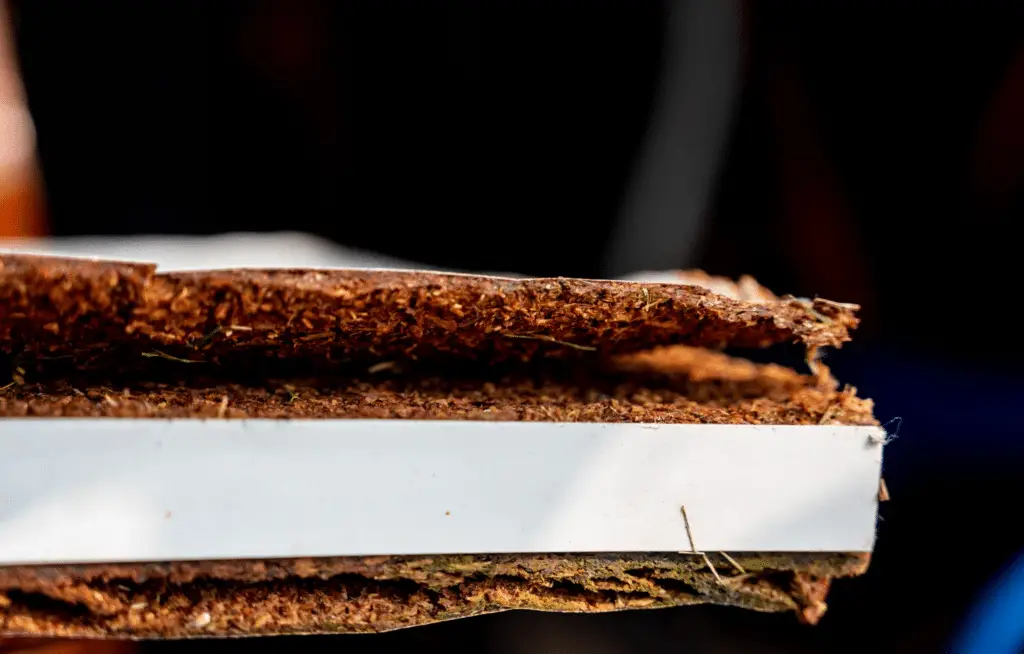
Overall, being able to recognize the signs of water damage in kitchen cabinets is crucial for maintaining the health and longevity of your home. By keeping an eye out for discoloration, odor, warping, and other key symptoms, you can proactively address any water damage issues before they escalate. Remember, early intervention is key to preventing further damage and costly repairs down the line.
Examining Hidden Water Damage in Kitchen Cabinets
While it’s crucial to be aware of the common signs of water damage in kitchen cabinets, there is also the possibility of hidden damage lurking beneath the surface. This section will delve into the importance of examining for less obvious signs of water damage to ensure the longevity and safety of your cabinets.
The potential for unseen water damage inside cabinets and their walls
Water damage isn’t always visible to the naked eye, especially in kitchen cabinets. Leaks from pipes or appliances can seep into the walls behind your cabinets, causing damage that goes unnoticed until it’s too late. This hidden water damage can lead to structural issues and mold growth if left untreated.
Tips for detecting less obvious signs of water damage
To uncover hidden water damage in your kitchen cabinets, pay attention to subtle clues that may indicate a problem. Look for soft spots, sagging shelves, or peeling laminate, which could all be signs of water infiltration. Musty odors or visible mold are also red flags that should not be ignored.

Additionally, inspect the walls and flooring around your cabinets for any discoloration or buckling, as these could indicate water damage spreading from within. Regularly checking for these less obvious signs can help you catch and address water damage before it escalates.
When to get professional help for in-depth damage inspections
If you suspect hidden water damage in your kitchen cabinets but are unsure of the extent, it’s best to seek help from a professional. Water damage restoration experts have the tools and knowledge to conduct thorough inspections and identify any underlying issues that may be present.

Professional inspections can also uncover hidden mold growth or structural damage that requires immediate attention. By enlisting the help of experts, you can ensure that any hidden water damage in your kitchen cabinets is properly addressed before it causes further harm.
The Impact of Ignoring Water Damage on Kitchen Cabinets
When it comes to water damage in kitchen cabinets, ignorance is not bliss. Ignoring signs of water damage can have significant consequences for both the integrity of your cabinets and your overall health and finances.
Compromised Integrity
Untreated water damage can compromise the structural integrity of your kitchen cabinets. Over time, the moisture can cause wood to swell and warp, leading to misalignment of cabinet doors and drawers. This not only affects the aesthetic appeal of your kitchen but also makes the cabinets less functional and less secure.

Furthermore, prolonged exposure to water can weaken the materials of the cabinets, making them more susceptible to damage and reducing their lifespan. This can result in the need for costly repairs or even complete cabinet replacements, adding unnecessary strain to your budget.
Long-Term Financial Implications
Ignoring water damage in kitchen cabinets can have long-term financial implications. The cost of repairs and replacements can quickly add up, especially if the damage goes unnoticed for an extended period. In severe cases, water damage may even extend beyond the cabinets to affect the surrounding walls and flooring, further increasing repair costs.
Additionally, the presence of mold and mildew resulting from water damage can lead to health issues for you and your family. Mold spores can aggravate respiratory conditions, trigger allergies, and cause other health problems. Dealing with these health issues can also incur medical expenses, adding to the overall financial burden of ignoring water damage.
Potential Health Risks
Aside from the financial implications, neglecting water damage in kitchen cabinets can pose potential health risks. Mold growth resulting from water damage can release harmful mycotoxins into the air, which can be inhaled and cause respiratory problems and other health issues.
Furthermore, pests such as cockroaches, ants, and rodents are drawn to damp environments, which can be created by water damage in cabinets. These pests can carry diseases and contaminate your food, posing a threat to your health and well-being.
In conclusion, ignoring water damage in kitchen cabinets can have far-reaching consequences. It is crucial to address any signs of water damage promptly to prevent further damage to your cabinets, avoid costly repairs, and protect your health and finances in the long run.
Preventive Measures and Solutions for Water Damage
When it comes to protecting your kitchen cabinets from water damage, prevention is key. By implementing the right strategies and taking proactive measures, you can significantly reduce the risk of water-related issues that could potentially compromise the integrity of your cabinets.
Strategies for Preventing Water Damage in Kitchen Cabinets
One of the most effective ways to prevent water damage in kitchen cabinets is to address any leaks or drips in your plumbing system promptly. Regularly inspecting pipes, faucets, and drainage systems can help catch potential issues before they escalate and cause damage to your cabinets.
Another preventive measure is to seal the edges and seams of your cabinets properly. Proper sealing can prevent water from seeping into the cabinets, reducing the chances of warping and deterioration over time.
Tips for Effective Maintenance and Care of Cabinets to Avoid Water Damage
Regularly cleaning and drying your cabinets can also help prevent water damage. Wipe down the surfaces with a damp cloth and ensure that there is no standing water or moisture accumulation inside the cabinets. This simple maintenance routine can go a long way in preserving the quality of your cabinets.
Additionally, consider installing cabinet liners or mats to protect the interior of the cabinets from spills and leaks. These protective layers can act as a barrier against moisture and prevent water damage from occurring.
The Importance of Early Interventions and Professional Repairs for Damaged Cabinets
If you do notice any signs of water damage in your kitchen cabinets, it is crucial to take immediate action. Ignoring the issue can lead to more extensive damage and costly repairs down the line.
Seeking professional help for repairs and inspections is recommended for cases of severe water damage. A professional can assess the extent of the damage, identify hidden issues, and provide the necessary solutions to restore your cabinets to their original condition.
Don’t Let Water Woes Dampen Your Cabinets!
In conclusion, it’s crucial to stay vigilant and proactive in identifying water damage in kitchen cabinets. Remember, prevention is key, so keep an eye out for any signs of trouble. By taking early action and seeking professional help when needed, you can safeguard your cabinets from further harm. Your cabinets will thank you for the TLC! So, stay dry, stay aware, and keep those cabinets in top-notch shape.



